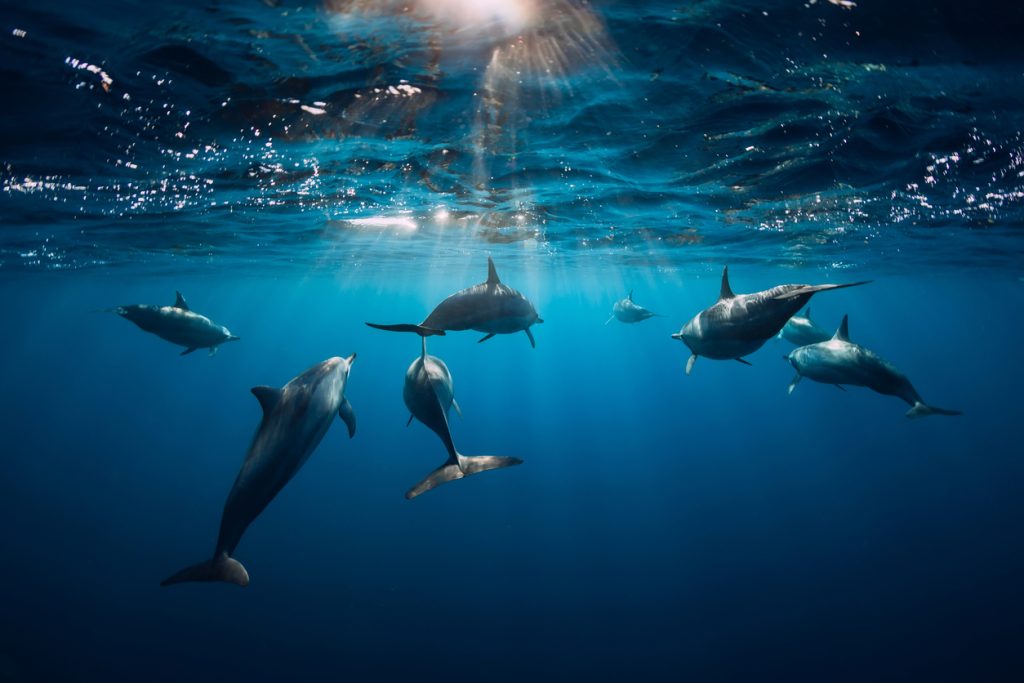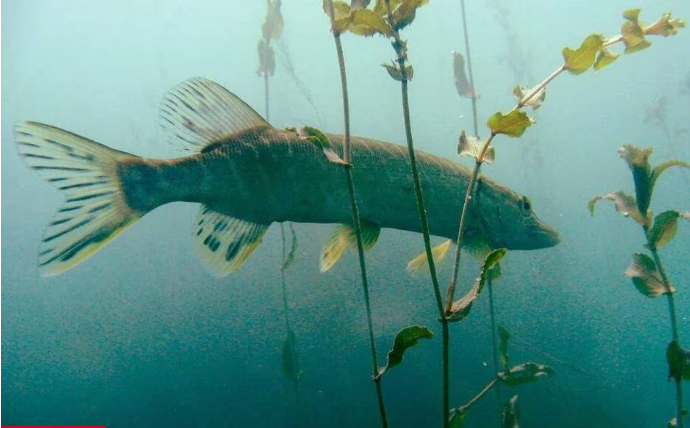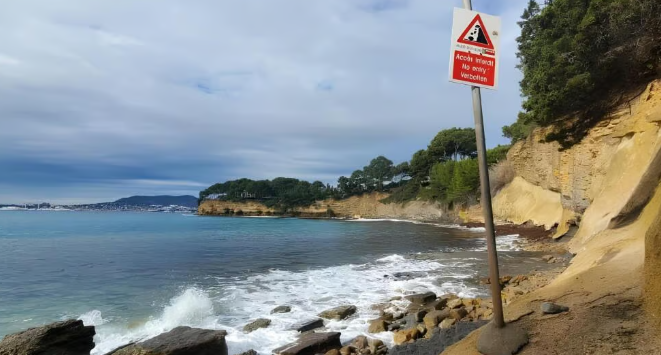The oceans are just as essential to our survival as forests, providing more than half of the world’s oxygen production via phytoplankton. In recent years, the oceanic expanses have continued to suffer the harms of industrialization: oil spills, plastic pollution, extensive fishing… all factors which are slowly killing the ocean and its inhabitants (or rather , at high speed). But among these three threats weighing on marine fauna and flora, one of them wins the prize.
The ocean, the planet’s first lung
The ocean is the world’s largest lung, producing more than half of our planet’s oxygen and absorbing nearly 30% of global CO2 emissions. Not to mention its role as a thermal regulator, made possible by the process of evaporation and ocean currents. Our survival as a whole is therefore closely linked to the proper functioning of marine ecosystems, which are now in danger. Lamya Essemlali, president of the NGO Sea Shepherd France explains that the preservation of marine wildlife is vital for the future of the planet and its inhabitants:
If we can’t save species as charismatic as whales, we won’t save anything else in the ocean. But if the ocean dies, we all die.
The biggest threat to the oceans is not plastic, but overfishing
Although pollution has a disastrous effect on marine flora and fauna, killing hundreds of individuals every day*, plastic waste does not represent the greatest threat to the survival of the oceans. It would indeed be industrial fishing that would do the most damage, destroying numerous habitats, in addition to drastically reducing the populations of marine species. According to UNESCO, more than half of these species could be threatened with extinction by the end of the century.
Fish play a crucial role in marine ecosystems as predators, prey and regulators. Extensive fishing has the effect of disrupting this balance by eliminating certain species of fish in excessive quantities, with disappearance then having repercussions throughout the food chain.
A general depletion of fish stocks
Overfishing is when fish are caught at a faster rate than they reproduce, leading to a drastic decline in populations and, in some cases, the complete collapse of stocks. In addition to putting marine biodiversity under severe strain, this sharp reduction in aquatic species further endangers the livelihoods of communities that depend almost exclusively on fishing.
Trawling scrapes the seabed
Trawl fishing is an industrial fishing method which consists of dragging a gigantic conical net behind a boat in order to catch certain commercial fish species (cod, whiting, shrimp or squid).
Bottom trawling faces many challenges, both ethical and environmental. This industrial practice actually leads to the accidental catch of non-targeted or even protected species (sea turtles, dolphins, sharks, seabirds, etc.).
In addition to these incidental catches, the trawl considerably damages the seabed by scraping it, uprooting all aquatic biodiversity in its path. The movement of sediments induced by trawl nets could also alter the deep seas for good.
Bottom trawling would pollute as much as aviation
According to a recent scientific study carried out by a team of biologists, climatologists and economists, bottom trawling releases between 600 and 1,500 million tonnes of CO2 each year, more than the emissions from air transport. A finding that worries the oceanographer community, indicating that this release could considerably increase ocean acidification.




